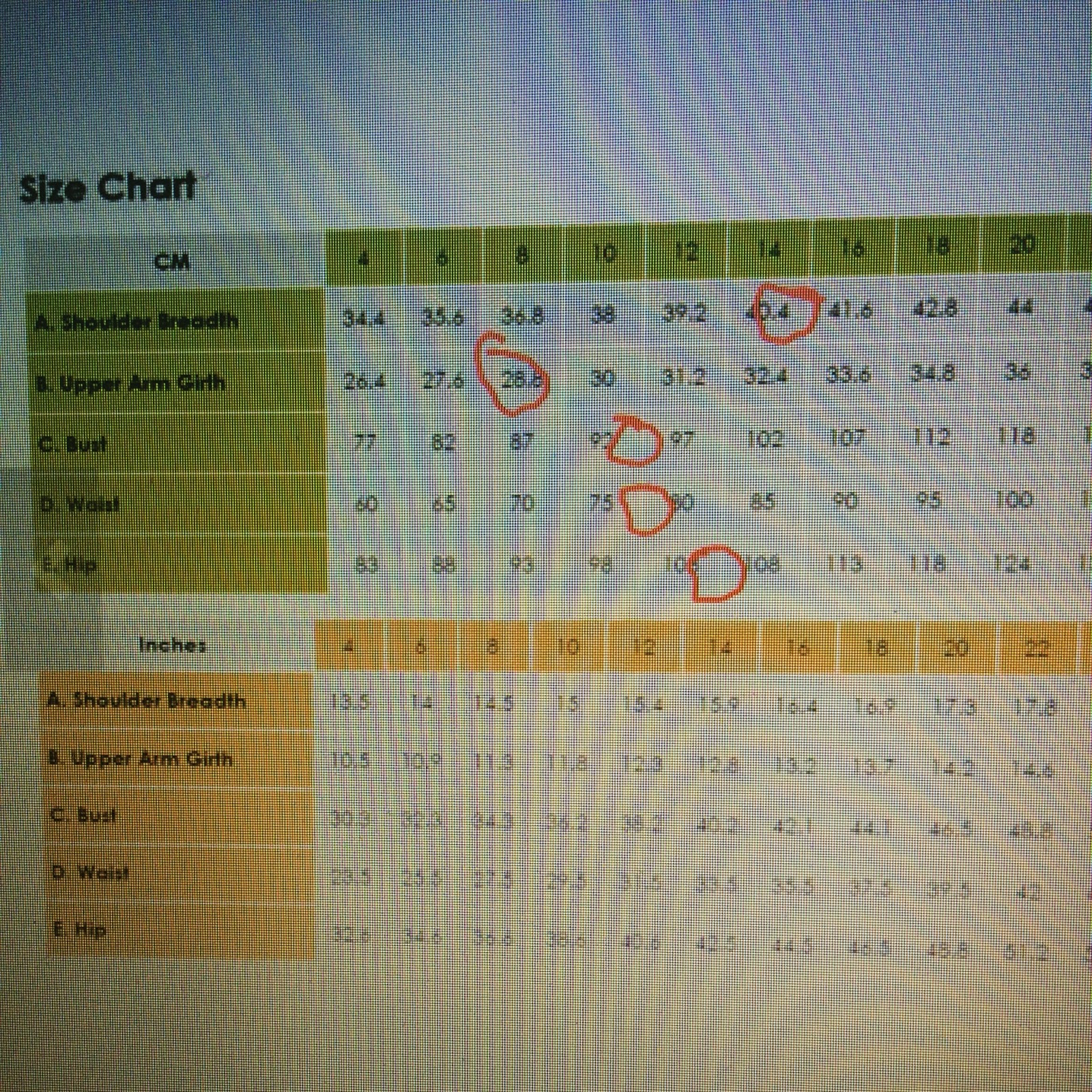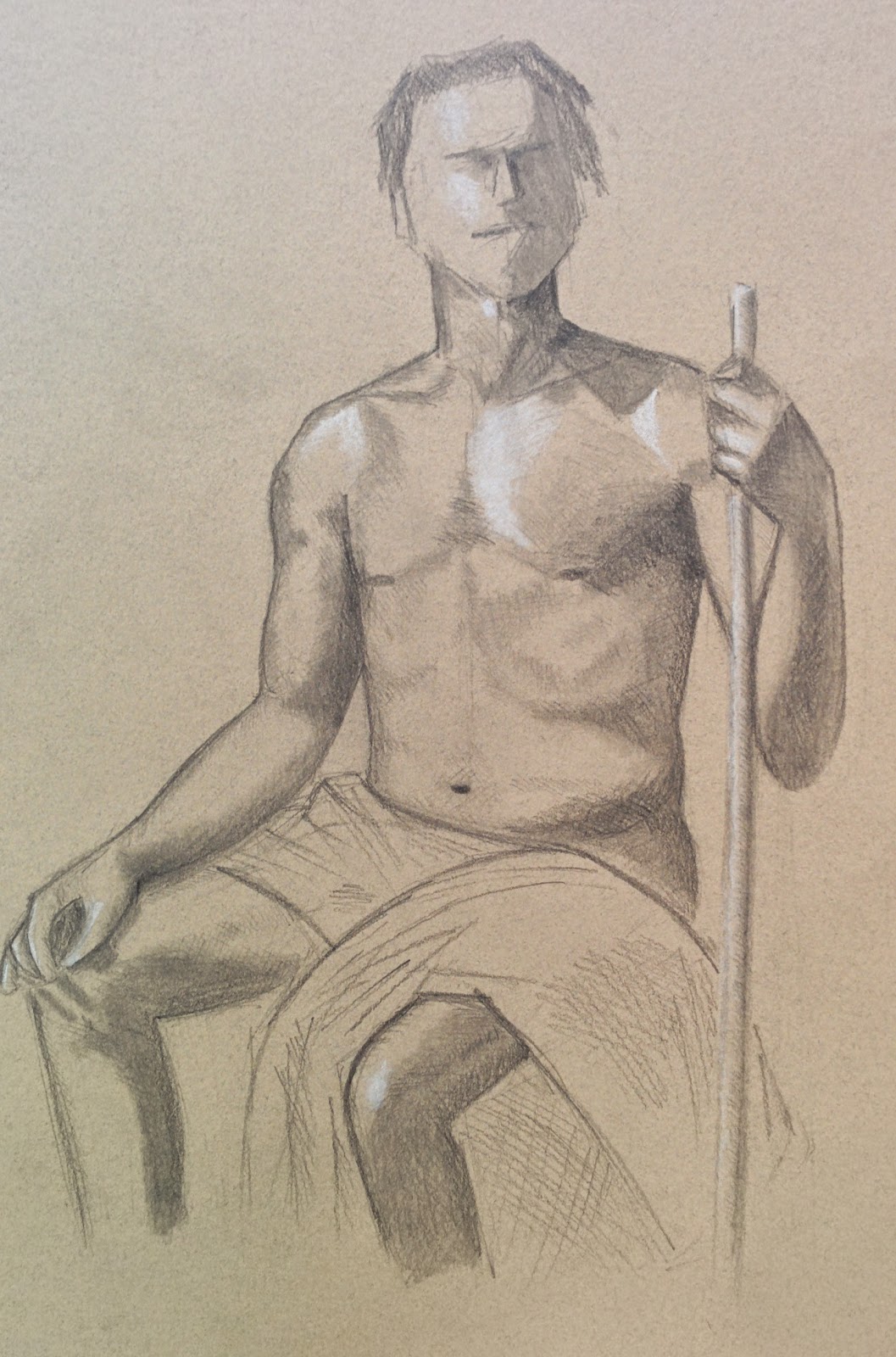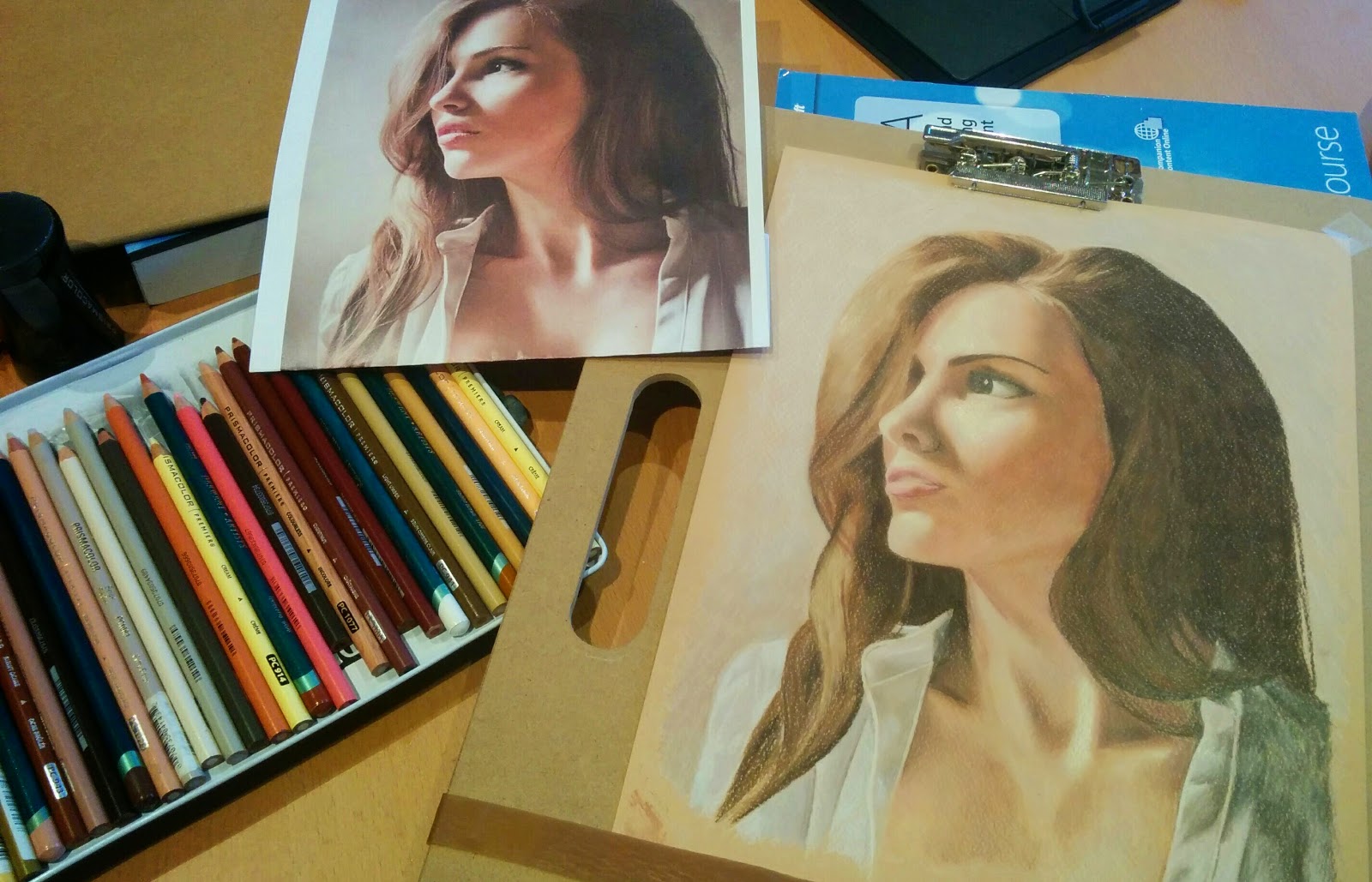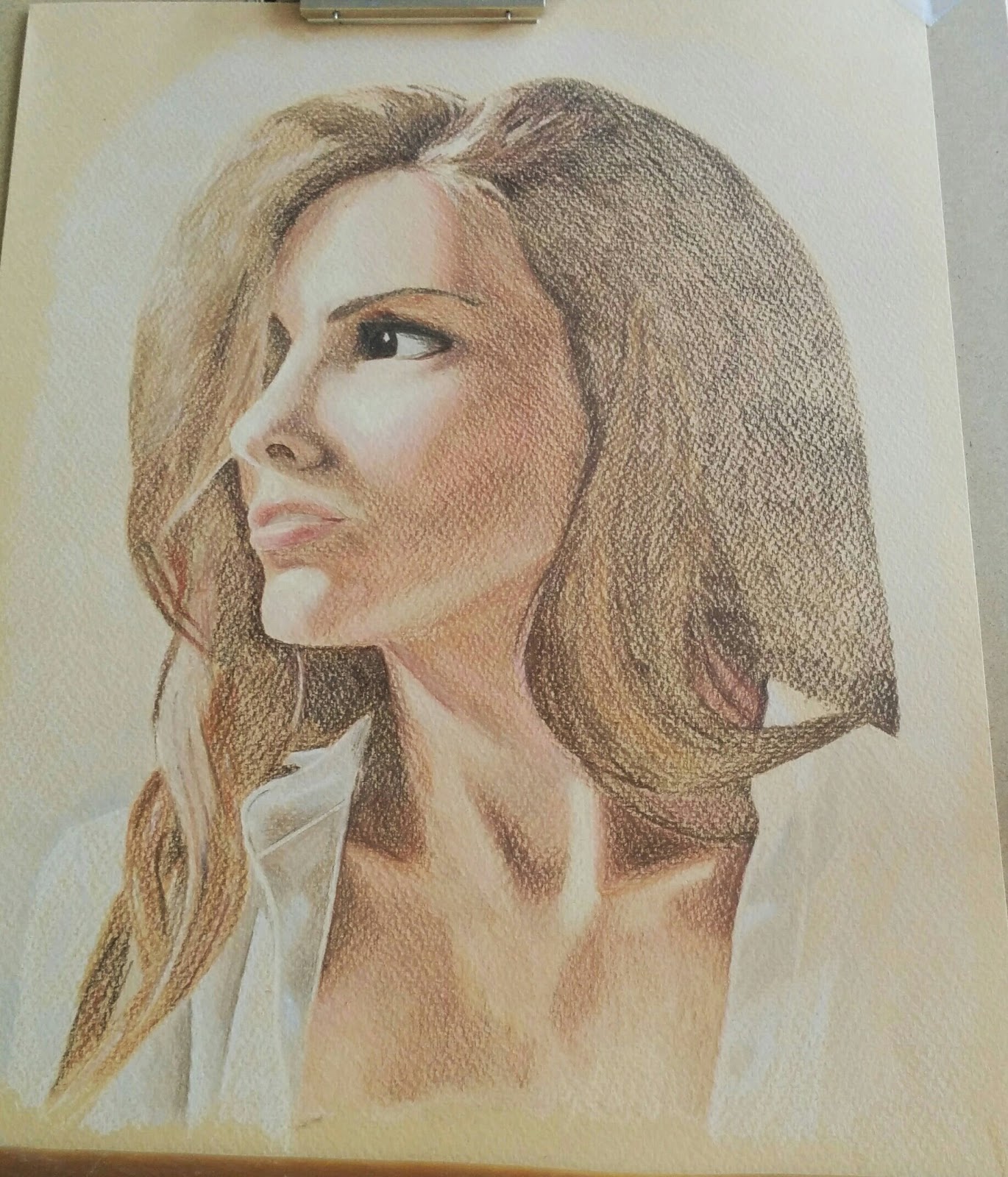So I spent today making muslins for my planned Ziggi jacket. Yes, muslins plural, and I'm not done yet. I kinda think I would have been better off just drafting myself my own jacket, I wouldn't have been much worse off given what you actually get when you buy the Ziggi pattern, it's not like the instructions are anything worth paying for.
First up, let's recap...
I have some gorgeous aubergine wool suiting that I want to make into a biker style jacket, and from limited selection of options,
I settled on the Style Arc Ziggi pattern.
Now, the style arc patterns are single sized, so you can print only one size at a time.
My bust and waist come in between the 10 and 12, and hips between 12 and 14. For this reason I chose the size 12. Interestingly, my "upper arm girth" places me in the size 8, but my "shoulder breadth" just above a size 14. When you buy the pdf pattern you get three sizes, so I bought the size 10-12-14 bundle of patterns.
Above is the muslin of the size 12, straight out of the envelope.
Starting with the good; I really like how the collar is sitting. And despite the size chart suggesting that the sleeves would be too big I like the width of the sleeves.
And onto the
bad issues...
The pooling at the back is somewhat expected based on my body shape, and I didn't worry about that straight away, working on the principle of starting at the top and working down with fitting... the most obvious issue was the armholes. The armholes came
very far down, impeding my arm movement an awful lot.
It bunched up as shown above when I moved my arms around at all. My first thought was raising the armscye, but I noted that the bust felt a little more comfortable when the jacket was bunched up around my shoulders like that, so I tried removing some vertical length from between my armpits and shoulders...
Pinning out the excess did seem to help, and achieved the goal of having free use of my arms (a somewhat important thing don't you think?)
I did some partial unpicking and slashed and overlapped all the pieces and stitched them down to check out this alteration a bit more (see above pics), and thought it was promising enough to transfer to my pattern pieces. As this alteration had reduced the overall length of the jacket, I added the length back in at the waist to make the jacket the length I wanted it.
And so my second muslin...
![]()
![]()
![]()
While the principle of my alterations were good, there are obviously still quite a few problems...
Two changes I could easily make to this muslin were that I had added the length too high in the back, and now the seamline of the back peplum piece is sitting too low, so I shortened the upper back pieces and lengthened the peplum to move this seamline up. I also added half an inch of width to the bottom of the peplum while I was redrafting it, to give the jacket a little more ease over my behind....
(Yes, that's my "I've spent a whole day on this muslin and it still looks terrible" face).
So, at the end of a day of muslining I still have a heap of problems, for which I'm thinking the following changes for muslin number three:
- Add a little more length back in where I removed it between the armpits and shoulders to hopefully alleviate some of the pull lines from the armpits
- Take the width of the shoulders in by about 1.5 at the top, tapering to nothing by the lower sleeve piece (note my comment earlier about being worried about making a size too small for my "shoulder breadth" - what a load of tosh that measurement is! It's too big in the shoulders, not too small!)
- Do a sway back adjustment to remove some of the pooling at the small of my back
- Do a small FBA through the middle of my "middle front piece", to add some more ease and shaping through the bust
- Possibly add a little waist shaping through the side seams.
What do you think? Would you make those changes based on the above photos? If not, what changes would you make?...and if I do eventually manage to get a good fit, I then need to work out how to make equivalent changes to the lining pieces.
Which reminds me of another frustration with this pattern; the pattern notes that the lining is optional, however you have to print all the pieces, there's no option for printing just the shell and/or lining pieces. This is frustrating me right now in particular as I'd quite like to reprint just my outer pieces, but to do so I'll have to reprint the whole thing. The lining and shell pieces are completely mixed together on the pattern sheets, so it's not even like I could just print some of the sheets to print the shell pieces again. I'm very disappointed by this.
























.jpg)












